The Kansas Department of Transportation (KDOT) has received permission from the Federal Aviation Administration (FAA) to conduct beyond visual line of sight (BVLOS) drone operations.
KDOT, using detect-and-avoid systems onboard the drones, will not be required to use visual observers or ground-based radar. KDOT is part of a 31-member Kansas group participating in the federal UAS Integration Pilot Program (IPP).
In a collaborative effort between Kansas State University Polytechnic Campus, Westar Energy, Iris Automation and KDOT, the Kansas IPP team will fly a nine-mile track to evaluate technologies to inspect power lines in rural Kansas.
“The UAS industry has worked over 10 years to demonstrate the most significant commercial benefit of drone operations within the United States,” says Bob Brock, KDOT’s director of aviation. “We are proud of the joint state, university and industry team that made this landmark decision possible.”
“The ability to fly BVLOS missions without ground-based radar or visual observers is a significant advancement, and Westar Energy views this as an opportunity to play a key role in shaping the future of UAS operations within the utility industry,” notes Mike Kelly, Westar Energy’s senior UAS coordinator. “Being able to operate under this waiver allows the Kansas IPP team the ability to research and develop truly scalable BVLOS UAS operations for the automated inspection of linear infrastructure.”
The Applied Aviation Research Center on the K-State Polytechnic Campus, which assisted in the development of a safety case for the approved flights, will be responsible for training and flight operations with a cross-functional team from the KDOT IPP. Flights will take place over the next few months, providing the FAA with data on BVLOS activity.
“We look forward to leveraging this waiver to integrate UAS technology into the transmission line inspection process,” says Kurt Carraway, UAS executive director of the K-State Polytechnic Applied Aviation Research Center. “We are certain that utilities will be able to quickly realize a return on investment while mitigating safety to their maintenance personnel and increasing the reliability of their infrastructure to the general public.”
The partners will use Iris Automation’s Casia onboard collision avoidance system. A team led by the University of Alaska Fairbanks also recently used this system for BVLOS flights.
“Flying rural missions like these without a human pilot onboard or costly radar on the ground is exponentially safer and more cost-effective,” says Iris Automation’s CEO and co-founder, Alexander Harmsen. “The FAA is trusting us to pave the way for a safer, scalable future together with this precedent-setting second approval of our system.”





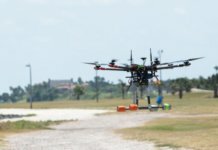
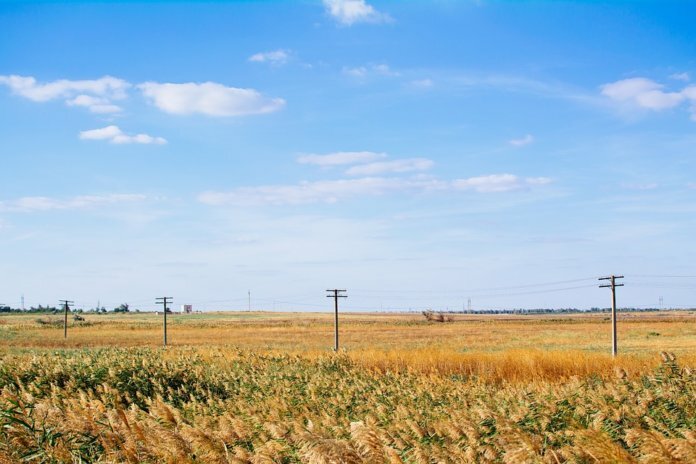
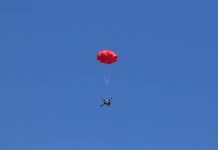
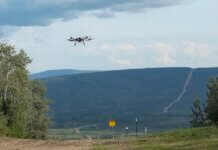
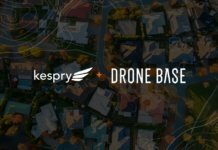

Leave a Comment
Your email address will not be published. Required fields are marked *